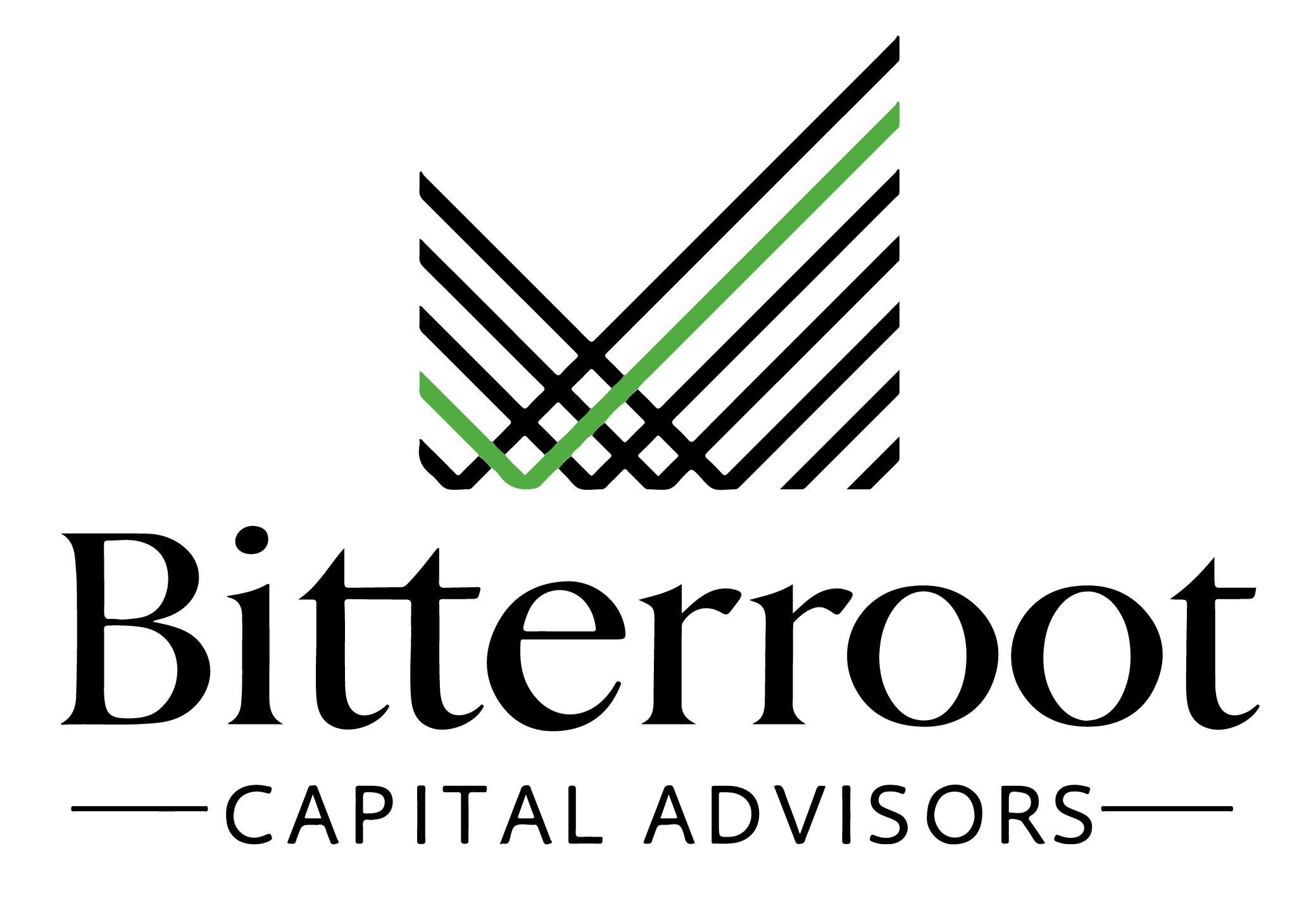The HFRX Hedge Fund Index was up 0.5% in Q3 and 1.3% YTD.
Convertible arbitrage strategies performed best (+4.6% YTD) while directional strategies such as equity-hedge and credit performed well (+3.2% and +2.9%). Event-driven and macro / trend-following strategies performed worst at -0.8% and -0.2% respectively.
US private real estate operating fundamentals are mixed in terms of operating fundamentals and transaction prices.
Apartment fundamentals remain relatively strong, but YOY rental growth was -1.2% on a national basis (this varies significantly across property types and regions).
Industrial fundamentals remain very strong especially for smaller property types with in-place rents still lagging market rents by north of 20%.
Office fundamentals are clearly under pressure with increasing frequency of defaults on debt.
Cap-rates have risen, given rising interest rates and the sharp increase in debt funding costs.
In many cases, debt dilutes equity returns as the cost of funding is higher than the cap-rate.
Pricing has continued to decline with the NCREIF index down 2.0% in Q2 2023 (latest data available) and 3.7% YTD. The June quarterly decline represents the third straight quarter of declines beginning in Q4 2022.
Sales volumes remain depressed as cap rates have risen and property valuations have declined. The bid / ask spread remains high.
Refinancing risk is an area to closely monitor as substantial commercial real estate debt matures over the next few years.
The office sector and some pockets of retail are clearly under pressure and may see defaults pick up considerably over the next 18 months.
Private equity has performed well thus far in 2023 with most PE funds experiencing positive YTD performance.
According to Cambridge Associates, US PE returned 2.7% in Q1 2023 (latest data available). Anecdotally, PE returns likely improved by another few hundred basis points in Q2 2023.
PE buyout returns thus far in 2023 are unlikely to match the broader public equity markets as PE held up much better in 2022 and given that most PE buyout exposure is not within the mega-cap technology space (other sectors in the public markets have rallied far less YTD).
US PE buyout deal value declined to roughly $170bln in Q3. This is well below the $380mm Q4 2021 peak, although generally in-line with pre-pandemic levels.
Platform LBO deals experienced the sharpest contraction in terms of $ value while add-on-deal value remained stable.
Valuations for new deals have contracted somewhat and were at 12.0x trailing EBITDA vs. 12.7x in 2022. However, valuations for the highest-quality businesses remain robust and have not experienced material declines.
Leverage levels on deals have reduced by 1.0x-1.5x turns of cash flow thus far with debt accounting for 43% of total capitalization vs. 53% at the end of 2021.
Exit activity remains highly depressed – now below pre-COVID levels.
Exits (in $ value terms) fell by 40% from Q2 levels and are now 81% below Q2 2021 peak levels.
If exit activity remains depressed, this could lead to a maturity wall for funds raised 10-12 years ago and drive increased levels of secondary activity.
Venture capital funds (pooled returns) performance seem to have stabilized in 2023.
According to Cambridge Associates, US VC returned -0.9% in Q1 2023 (latest data available). Anecdotally, VC returns suggest flat to modestly higher returns in Q2 2023.
The unknown at this point is what valuations may be for companies requiring new funding rounds. Most VC companies took advantage of frothy conditions in 2021 to raise substantial amounts of cash. This cash hoard has provided cash runway through 2024 and maybe into H1 2025.
Having said that, the frequency of down-rounds is steadily increasing with down-rounds accounting for 20% of financings in Q2 and Q3 of 2023, the highest amount in several years.
Deal count has stabilized over the past few quarters, but Q3 deal value fell to the lowest levels since Q3 2018.
Exit activity increased materially in $ terms to $35bln in Q3 vs. $12bln in Q2. However, these figures were greatly buoyed by the IPOs of Instacart and Klaviyo.
Both of these IPOs occurred at lower valuations relative to their prior financing rounds despite both companies being solidly profitable.

